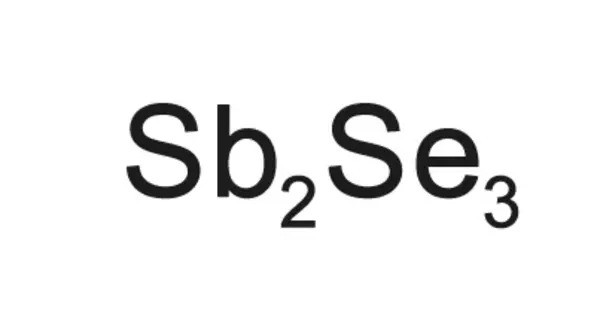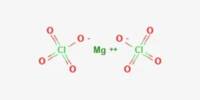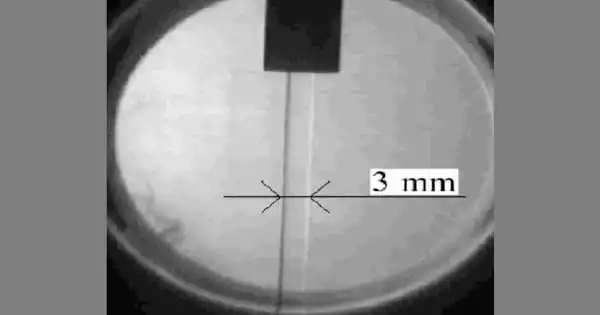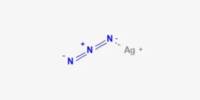Antimony triselenide is the chemical compound with the formula Sb2Se3. It is a semiconductor material often studied for its potential applications in photovoltaics, thermoelectrics, and optoelectronics. The material exists as the sulfosalt mineral antimonselite, which crystallizes in an orthorhombic space group. In this compound, antimony has a formal oxidation state +3 and selenium −2. The bonding in this compound has covalent character as evidenced by the black color and semiconducting properties of this and related materials.
Antimony triselenide has a layered structure, which contributes to its unique electronic properties. It has a narrow bandgap, making it suitable for absorbing light, which is advantageous for solar cell applications. It can be synthesized through various methods, including chemical vapor deposition and solvothermal processes.
Properties
It is usually found as a reddish-brown or black solid. It is sparingly soluble in water but soluble in organic solvents. It exhibits semiconducting properties, making it useful in electronic and photovoltaic applications. It has a direct bandgap, which is important for its use in photodetectors and solar cells.
- Chemical formula: Sb2Se3
- Molar mass: 480.433 g·mol−1
- Appearance: black crystals
- Density: 5.81 g/cm3, solid
- Melting point: 611 °C (1,132 °F; 884 K)
Occurrences
- Natural Occurrence: Antimony triselenide can be found in nature as a mineral, although it is relatively rare compared to other antimony or selenium minerals.
- Synthetic Production: It can be synthesized through various chemical methods, including the reaction of antimony and selenium at high temperatures.
Applications
Sb2Se3 is now being actively explored for application thin-film solar cells. A record light-to-electricity conversion efficiency of 9.2% has been reported. Besides solar cells, it is explored in photodetectors and as a material in thermoelectric devices due to its favorable thermal and electrical conductivity properties.
- Photovoltaics: Used in thin-film solar cells due to its favorable electronic properties.
- Optoelectronic Devices: Employed in photodetectors and infrared sensors.
- Thermoelectric Materials: Investigated for use in thermoelectric applications due to its unique thermal and electrical properties.
















